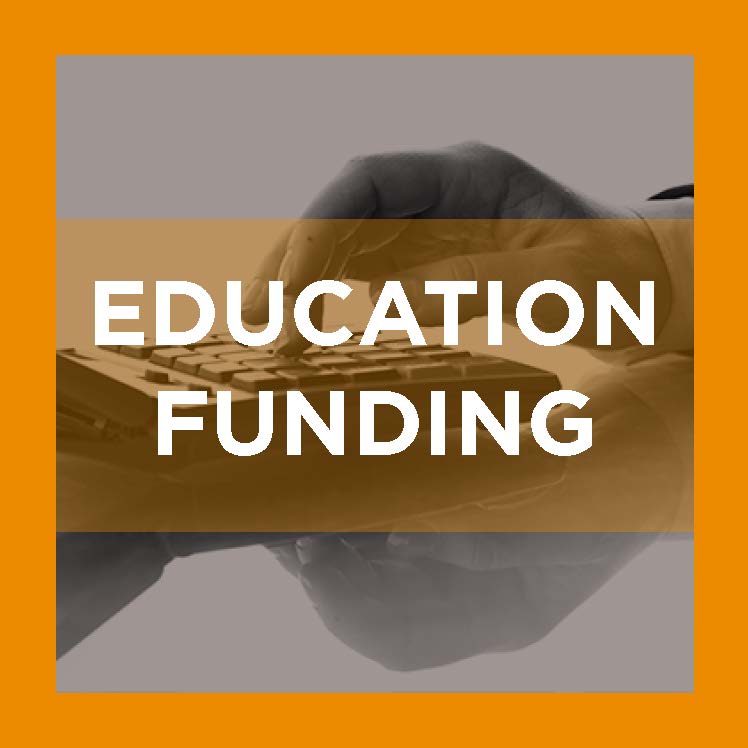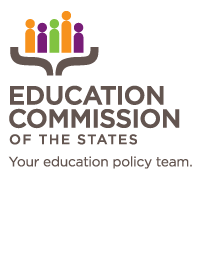When it comes to the issue of public education funding, there are few things those in the education policy space agree on. But there is one issue that governors, state legislators and school board members (at state and local levels) from both parties agree on — and that’s the fact that federal government is underfunding special education in this country.
In 1975, the federal government adopted the Education for All Handicapped Children Act — later to be known as the Individuals with Disabilities Education Act (IDEA). This law outlines the services that states and school districts are required to provide to all students with disabilities. Some believe that when Congress passed this law, it committed to cover 40 percent of the cost of educating special education students in this country. The reality is that the 40 percent figure is less of a commitment and more of a funding goal. The funding goal in current IDEA legislation is for the federal government to provide 40 percent of the average per-pupil expenditure in the U.S., multiplied by the number of special education students in each state — not 40 percent of the cost of educating all special education students.. Forty percent of the cost of educating the average student is a lower amount than 40 percent of the cost of educating the average special education student. So, does the federal government meet this lower funding goal?
Let’s look at the most recent data we have available: In the 2015-16 school year, the average per-pupil expenditure was $11,762 — and 40 percent of this is $4,705. So how close was the federal government to providing each special education student in this country with an additional $4,705 in funding? In 2015-16, the government provided states with $12.3 billion in IDEA, Part B and C funding. During this same year, there were 6.8 million students, ages 3 to 21, who were identified with special education needs — meaning the federal government provided $1,805 in IDEA funding per special education student, or only 15.3 percent of the average student expenditures. To meet its 40 percent funding goal, the feds would have to provide states and school districts with an additional $19.7 billion in IDEA funding annually. At a time when states and school districts are looking at flat education funding at the federal level, it does not appear that this funding goal will be met anytime soon.
What is a state policymaker to do?
States have been pushing the federal government for several decades now to make good on its original funding commitment to special education — to no avail. To remedy this issue, states are not left with a lot of choices. States could assist schools by providing them additional special education funding. However, most states do not have the available funds to make up for the federal shortfall. Another solution states may examine is to encourage districts and charters to provide special education services through some form of special education cooperative. States like Illinois, North Dakota and Texas have found that these joint programs can provide students with a higher level of service while reducing costs to schools and districts. Whatever the case, states will have to innovate to provide services to special education students, instead of waiting for the feds to finally fulfill its 43-year-old funding promise.





